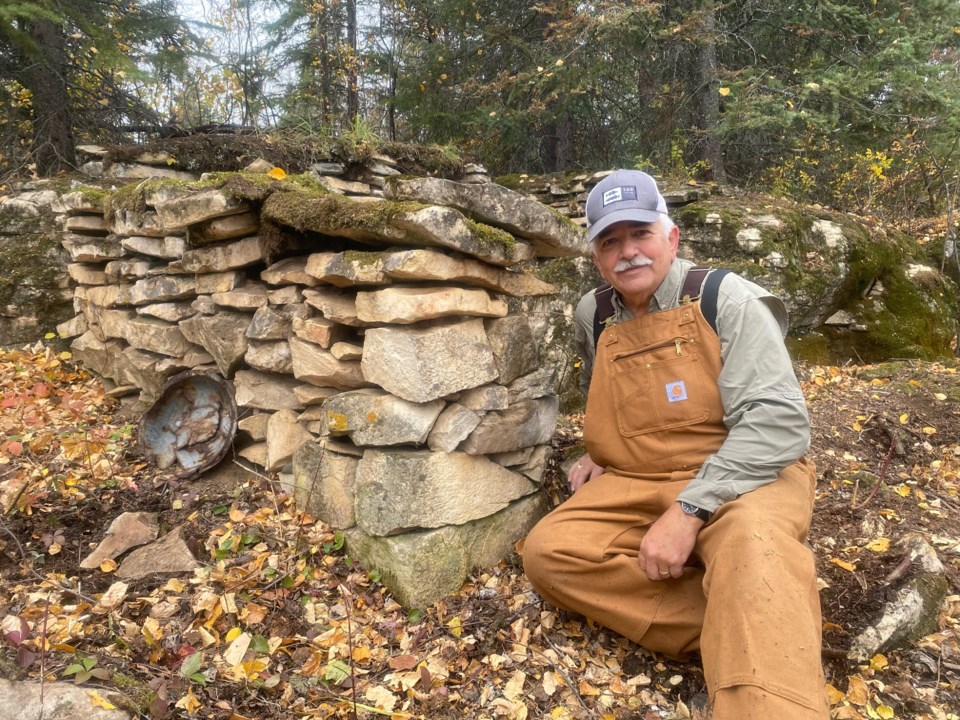More sightseers will get a chance this summer to check out one of northern Saskatchewan’s hidden gems - the remains of Beaver City, the site of the province’s first gold rush.
After a successful first summer, Beaver City Tours has returned this summer to provide a series of boat tours to the region’s first mining boom town. This year’s schedule will include a total of eight tours to the site of the former community, located at the mouth of the Sturgeon Weir river on the south shore of Amisk Lake. The tours will take place every Wednesday, with a four-week gap in the middle in late July through mid-August. The first tour of the season took place July 3, with the second slated to take place July 10. Other tours of the site will take place July 17 and 24, then August 21 and 28 and Sept. 4 and 11.
The tours are led by local historian Les Oystryk and operate out of T&D Amisk Camp, a camp not far from the site of the community operated by Cindy Oulette, Oystryk’s daughter.
The tours began in earnest last summer, with the camp serving as a base to explore the ruins, located about a kilometre away by boat. Beaver City was the first community established by outsiders moving north to cash in on the region’s rich mineral deposits. Started in 1910 after Dan and Jack Mosher first found gold at Amisk Lake, Beaver City would become home for over a thousand people at its height. It was the jumping-offpoint for potential gold deposits further up the lake, not far from an existing Hudson’s Bay Company trading post and home to a thriving fishing industry.
However, once the First World War broke out and Mandy Mine was established to the east, the community began to decline. The last resident of Beaver City, caretaker Angus McDonald, left in the late 1930s - nobody has lived there since.
Despite having been almost untouched for nine decades, some of the buildings and their foundations are still there, preserved well enough that individual locations and buildings can still be spotted. The outlines of those buildings have rotted into the earth, leaving square outlines where they used to be. Some buildings that had cellars partially made out of stone still have parts of those cellars visible. Remnants of a wagon trail from the city site toward Sturgeon Landing are also still visible, though the full trail is not usable - trails throughout the Beaver City site itself are.
Oystryk said he first became interested in the story of Beaver City back in the 1990s, while he was a board member of the Northern Gateway Museum in Denare Beach. Accessing the site was not easy, but once Oystryk retired and after Oulette bought the camp nearby, getting to see the area went from a pipe dream to possible.
“The museum knew the site existed but since it was located in a remote part of the north and difficult to access, there wasn’t a lot of attention in turning it into a tourist destination,” said Oystryk.
“There were tourists just across the lake and the camp offered boats for its guests, so it seemed like a natural excursion for adventurous camp guests and tourists who were interested.”
Anyone hoping to book a tour can do so by calling 1-306-688-0810.




